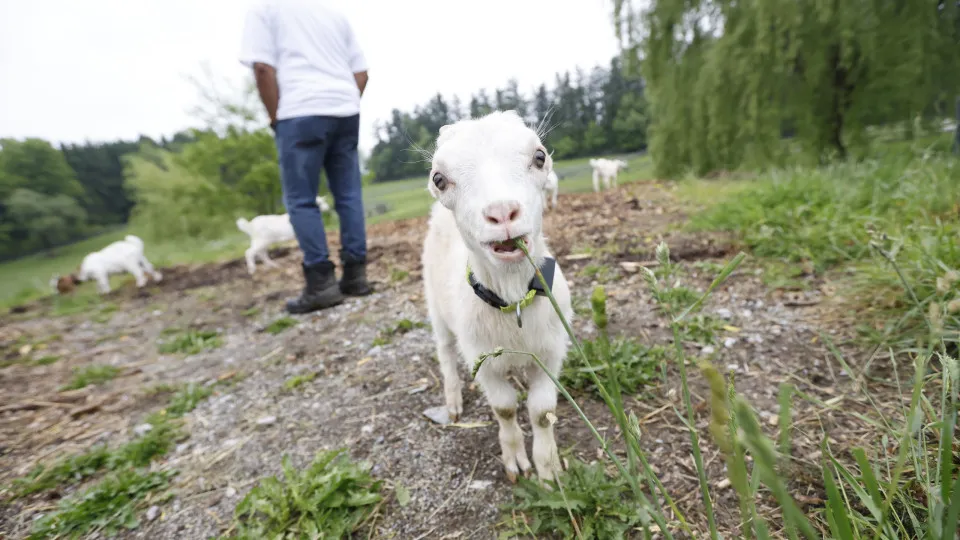When it comes to wildfire prevention, there are lots of tactics that spring to mind. From controlled debris burning to proper vehicle maintenance, there are many actions that communities are taking to reduce the risk of wildfire in the current climate. One of the more surprising approaches to wildfire prevention, however, involves the use of goats. Great little climbers with exceptionally strong stomachs, these cute animals help us reduce wildfire risk by clearing landscapes of dried-up vegetation.
Curious? Check out this gallery to find out more.



